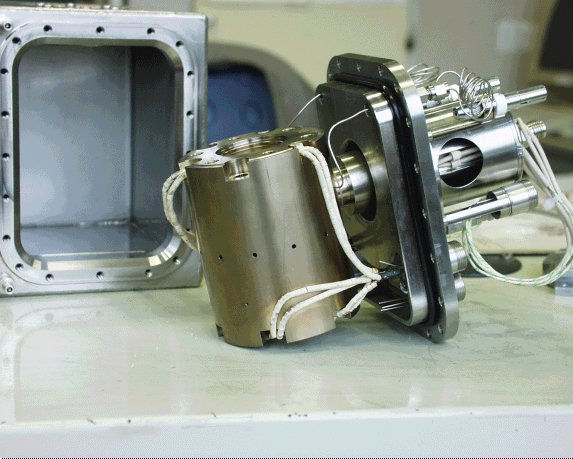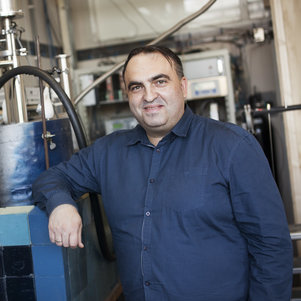Mössbauer laboratories
The Mössbauer technique probes the electronic environment of a few, selected nuclides. Fe and Au are well-known examples. In Europe, RID provides the only possibility to do such measurements with Au-198. Also, RID provides sample environment options that are offer unique possibilities to investigate what happens on the chemical level in your process, as enumerated below.
- Six Mössbauer absorption spectrometers which can be used in 57Fe, 119Sn, 169Tm and 161Dy Mössbauer.
- Two Mössbauer emission spectrometers to investigate 57Co containing materials.
- One Mössbauer absorption spectrometer in which the source as well as the absorber can be cooled down to T = 4.2 K, for 197Au, 193Ir, 166Er and 141Pr spectrometry.
- One Mössbauer absorption spectrometer in which the source as well as the absorber can be cooled down to T = 2.3 K and a magnetic field up to 8 T can be applied, for 197Au and 155Gd spectrometry.
- Gas-handling systems and reactors for investigation under Fischer-Tropsch synthesis (hydrogenation of CO) and for investigation under H2S atmosphere. Currently available gasses: H2S, CO, N2, H2, Ar, SO2, NO and O2.
- Equipment for cryogenic measurements down to T = 0.3 K and vacuum furnaces for measurements up to T = 1000 K
- A combined CXMS/CEMS detector for measuring surface phenomena and/or thick samples.
- A high-pressure in-situ reactor for Mössbauer emission spectroscopy. This reactor is designed for measuring 57Co containing Fischer-Tropsch catalystsup to 20 bar (including 10 bar steam) and 723 K! Thus, industrial conditions!

high pressure cell
